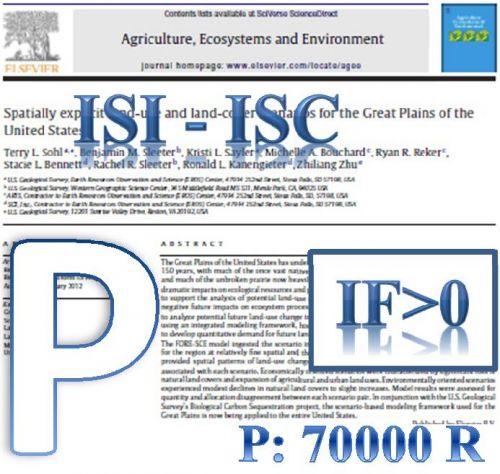Shape and parameters of a cohesive zone model (CZM) significantly affect the finite element modeling of delamination propagation in composites. The influence of various forms of interface laws on the delamination initiation and propagation behavior of end-notched flexure (ENF) specimens with R-curve effects is addressed. Four different traction-separation laws have been considered whose shapes are bilinear, linear-exponential, trapezoidal, and trilinear. The trilinear CZM used in this study is produced by superposing of two bilinear CZMs. All CZMs have the same values of the maximum traction and of the associated fracture energy, and are implemented in the ABAQUS/Standard. Numerical results are assessed with the experimental load-displacement responses of glass/epoxy ENF specimens available in the literature. Results show that the trapezoidal and trilinear CZMs simulate the delamination propagation in ENF specimens more accurately than others. At the same time, the superposed trilinear traction-separation law considers the length of fracture process zone and predicts both the nonlinearity point and maximum point of load-displacement curve more accurately than the trapezoidal one.
کلید واژگان :DelaminationENFCohesive zone modelFinite element analysis
ارزش ریالی : 1200000 ریال
با پرداخت الکترونیک
